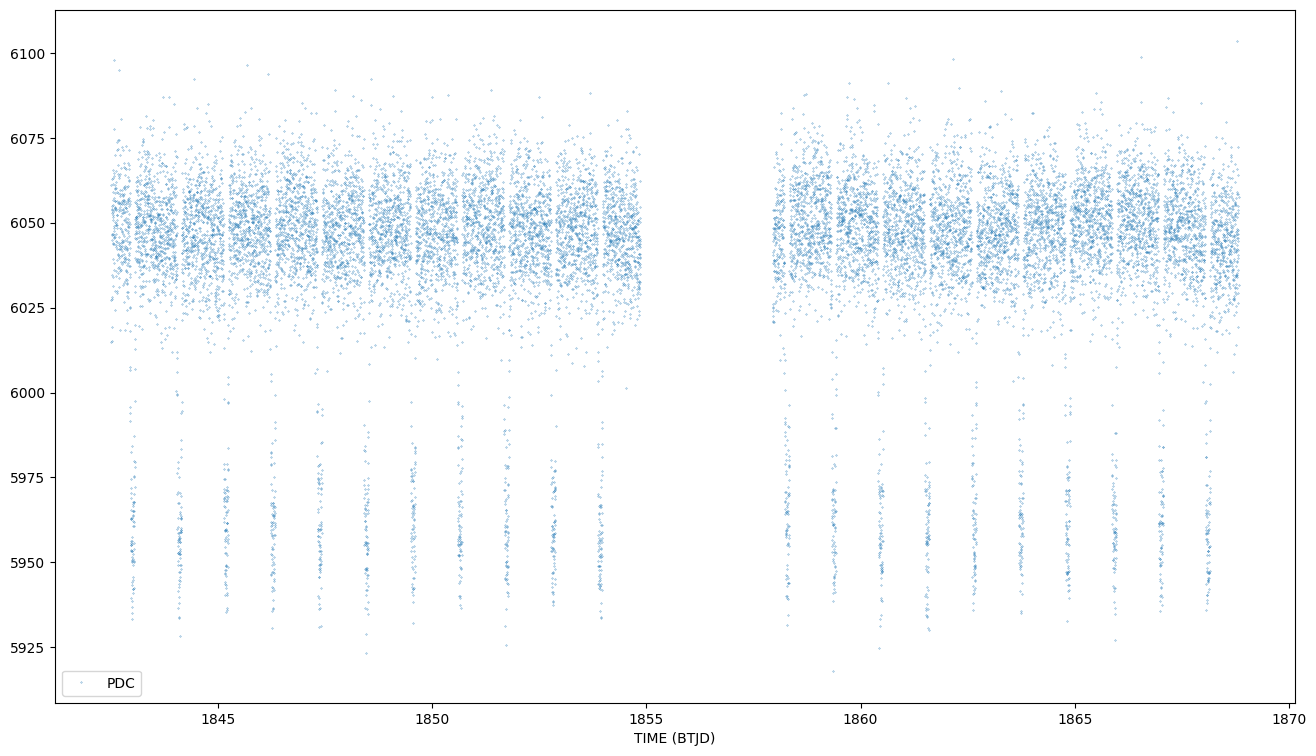 |
|
 |
|
WASP-12
Stellar parameters and planets on the system
| Host Star: WASP-12 | WASP-12 System planets | |||||||||||||||||||||||||||||||||||||||||
|---|---|---|---|---|---|---|---|---|---|---|---|---|---|---|---|---|---|---|---|---|---|---|---|---|---|---|---|---|---|---|---|---|---|---|---|---|---|---|---|---|---|---|
|
|
Photometric data catalogues and tools:
Plot from LIGHTCURVE FITS file

Auxiliary Products:
Spectroscopic data catalogues:
|
La Palma, CAHA, Keck, ESO archives |
WASP-12 b
Planet parameters
| Planet Name | Planet Mass | Planet Radius | Semi Major Axis | Orbital Period | Eccentricity | Inclination | Tidally Locked | Angular Distance | Primary Transit Source (JD) | Calculated Planet Temperature(K) | Molecules | Star Distance |
|---|---|---|---|---|---|---|---|---|---|---|---|---|
| WASP-12 b | 1.47 | 1.9 | 0.0234 | 1.0914203 | 0 | 83.37 | 0.000054 | 2456176.66826 | 2593 | C, CH4, CO, CO2, H, H2, H2O, HCN, He, Mg, Na, O I, TiO, VO | 432.5 |
Direct access and visualization for NASA archive
SHOW ERRORBARS Y/N
SHOW ERRORBARS Y/N
| Ref | Type | Facility | Instrum. | Npt | Comments |
| Copperwheat et al. 2013 | spec | Hubble Space Telescope satellite | Space Telescope Imaging Spectrograph | 3 | COPPERWHEAT ET AL 2013. An alternativce approach is to use simultaneous photometric observations in multiple wavebands to determine wavelength dependent transit depthdifferences. We report an application of this technique to one of the hottest known exoplanets, WASP-12b, using the triple-beam camera ULTRACAM. We obtained simultaneous light curves in Sloan u', and two narrow band filters centered on 0.416 and 0.6010 microns with FWHMs 0.0052 and 0.0118 microns respectively. |
| Kreidberg et al. 2015 | spec | Hubble Space Telescope satellite | Wide Field Camera 3 | 13 | KREIDBERG ET AL 2015 . Here we report a precise near infrared transmission spectrum for WASP-12b based on six transit observations with the Hubble Space Telescope/Wide Field Camera 3. We bin the data in 13 spectrophotometric light curves from 0.84 to 1.67 microns and measure the transit depths to a median precision of 51 ppm. |
| Mandell et al. 2013 | spec | Hubble Space Telescope satellite | Wide Field Camera 3 | 19 | MANDELL ET AL 2013 the observations of WASP-12 were obtained in April of 2011. The observations were taken with the G141 grism on WFC3 infrared channel, providing slitless spectra covering the wavelength range 1.1 to 1.7 at a maximum resolving power of 130 at 1.4 |
| Sing et al. 2013 | spec | Hubble Space Telescope satellite | Space Telescope Imaging Spectrograph | 21 | SING ET AL 2013 We observed two transits of WASP-12b with the HST STIS G430L grating during 14 March 2012 and 27 March 2012, as well as one transit with the STIS G750L during 4 September 2012. The G430L and G750L datasets all consist of 53 spectra, each spanning five spacecraft orbits. The G430L grating covers the wavelength range from 0.2900 to 0.5700 microns, The G750L grating covers the wavelenght range from 0.5200 to 1.0270 |
| Sing et al. 2013 | phot | Spitzer Space Telescope satellite | Infrared Array Camera (IRAC) | 2 | SING ET AL 2013 In this paper, we present new HST transit observations with the STIS instrument, and combine them with existing WFC3 spectra and Spitzer photometry to construct a high signal-to-noise near-UV to infrared transmission spectrum, capable of detecting and scrutinising atmospheric constituents. We have included the Spitzer transit photometry of Cowan et al. (2012) as re-evaluated with the M-dwarf dilution correction by Crossfield et al (2016) |
| Stevenson et al. 2014 | spec | Hubble Space Telescope satellite | Wide Field Camera 3 | 29 | STEVENSON ET AL 2014. HST observed WASP-12b in staring mode (not spatial scan) during its primary transit on 2011 April 12 . The WFC3 instrument utilized its G141 GRISM to acquire spectra from 1.1 to 1.7 microns over five HST orbits. |
| Stevenson et al. 2014 | phot | Spitzer Space Telescope satellite | Infrared Array Camera (IRAC) | 2 | STEVENSON ET AL. IRAC observed WASP-12b over its entire orbit at 3.6 and 4.5 microns on 2010 November 17-18 and December 11-12, respectively |
| Exoplanets-A (CASCADe) | spec | HST | WFC3 | 14 | Exoplanets-A reduction CASCADE v. 1.0.0 Created:2021_2_18:11_0_49 Obs.Type:transit |
| Exoplanets-A (CASCADe) | spec | HST | WFC3 | 25 | Exoplanets-A reduction CASCADE v. 1.0.0 Created:2021_2_18:11_11_22 Obs.Type:transit |
| Exoplanets-A (CASCADe) | spec | HST | WFC3 | 25 | Exoplanets-A reduction CASCADE v. 1.0.0 Created:2021_2_18:11_6_2 Obs.Type:eclipse |
Transit models (Exoplanets-A: CASCADe reduction):
Eclipse models (Exoplanets-A: CASCADe reduction): |